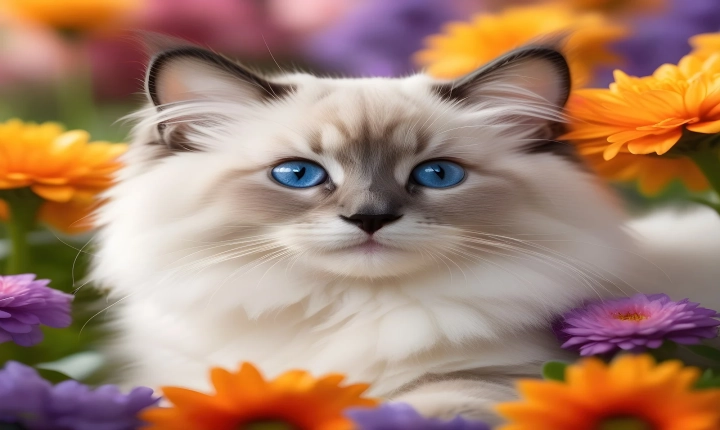Title: Unleashing the Power of AI: How to Generate Images with Artificial Intelligence
In recent years, the field of artificial intelligence (AI) has made significant advancements in generating realistic and high-quality images. From natural landscapes to human faces, AI can now produce stunning visuals that are virtually indistinguishable from those created by professional artists. This innovation has opened up a world of possibilities for various industries, including design, gaming, filmmaking, and virtual reality. In this article, we will explore the techniques and tools that can be used to leverage the power of AI in generating images.
1. Understanding Generative Adversarial Networks (GANs)
Generative Adversarial Networks, or GANs, have revolutionized the field of image generation. GANs consist of two neural networks: a generator and a discriminator. The generator creates synthetic images, while the discriminator evaluates them for authenticity. Through a process of continuous feedback and improvement, GANs can produce highly realistic images that closely resemble the training data they have been provided with.
2. Training and Data Collection
Training a GAN to generate images requires a large dataset of high-quality images. This could include photographs, paintings, or any other visual data that the model should learn to replicate. The selection and curation of this dataset are crucial, as the quality of the training data directly impacts the output of the generated images.
3. Implementing GAN Frameworks
Several open-source GAN frameworks are available for developers to experiment with. TensorFlow, PyTorch, and Keras are some popular libraries that provide tools for building and training GAN models. These frameworks offer pre-built architectures and modules that can be customized for specific image generation tasks.
4. Fine-tuning and Hyperparameter Optimization
Once the GAN model is implemented, fine-tuning and hyperparameter optimization play a critical role in achieving desirable results. Adjusting parameters such as learning rates, batch sizes, and network architectures can significantly impact the quality and diversity of the generated images.
5. Style Transfer and Conditional Generation
In addition to GANs, style transfer and conditional generation techniques can be applied to manipulate and control the output of AI-generated images. Style transfer allows the incorporation of specific artistic styles or visual attributes into generated images, while conditional generation enables the input of specific parameters to influence the content of the generated images.
6. Ethical Considerations and Bias Mitigation
As AI-generated images become increasingly indistinguishable from authentic visuals, ethical concerns and bias mitigation strategies must be carefully considered. Ensuring that generated images are free from harmful stereotypes, biases, or inappropriate content is essential. Ethical guidelines and oversight should be incorporated into the development and deployment of AI image generation technologies.
7. Application and Integration
The applications of AI-generated images are vast and diverse. From creating realistic environments in video games and virtual reality simulations to generating synthetic data for research and development, AI-generated images can be integrated into various domains to enhance visual content creation and manipulation.
In conclusion, the advancement of AI in generating images has unlocked a new dimension of possibilities for visual content creation. Leveraging the power of GANs, style transfer, and conditional generation techniques, developers and researchers can produce lifelike, diverse, and customizable images that cater to a wide range of needs and industries. As AI continues to evolve, the potential for creating captivating and realistic visuals through artificial intelligence is limitless. With careful consideration of ethical implications, AI-generated images have the power to redefine the landscape of visual art, design, and media.
